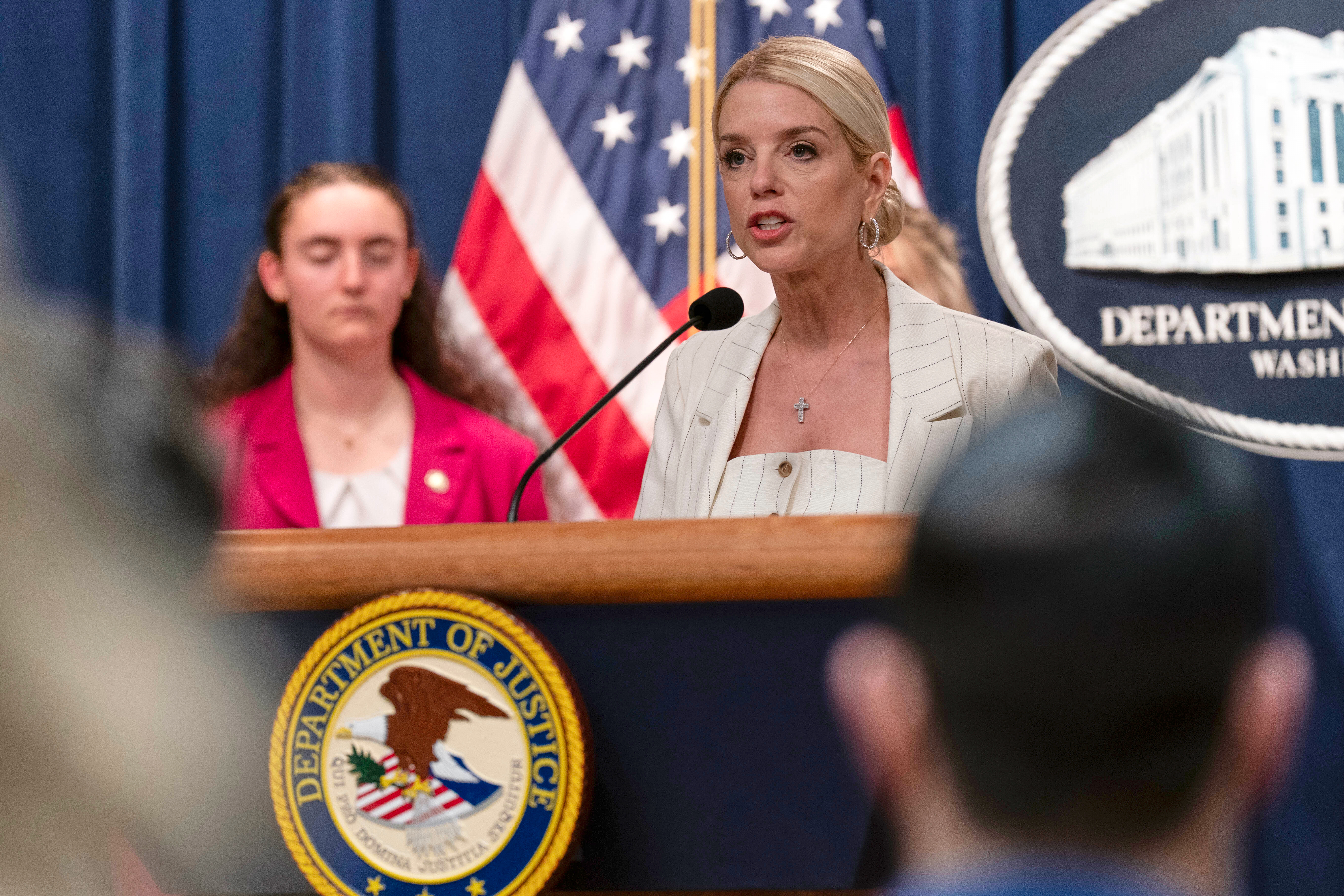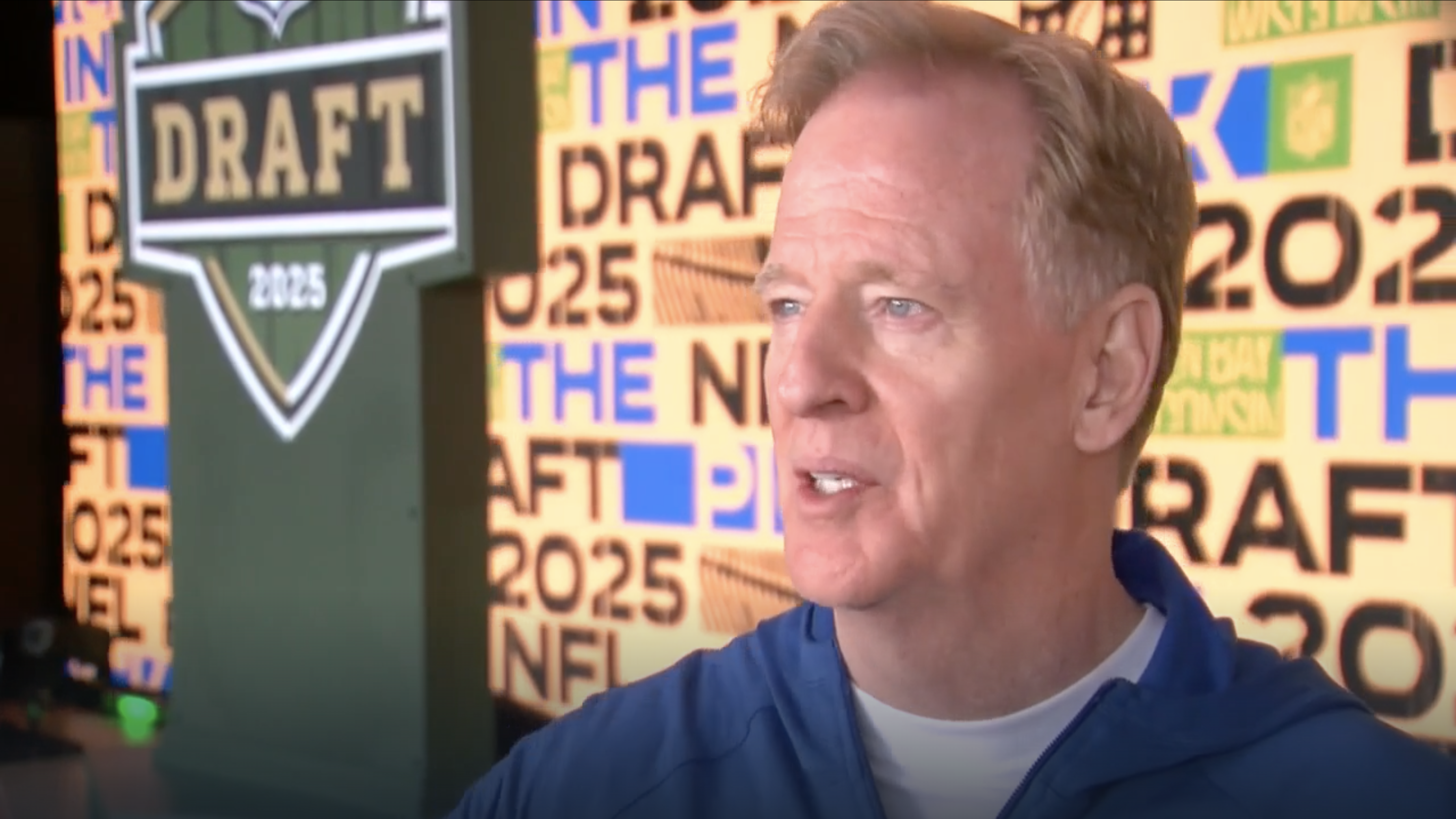For seven-year-old Jaydon Zeema and his mother Myrna, online school hasn’t been easy.
"We don't have the internet lines up here," said his mother Myrna Zeema. "We don't really get connection here. So it's kind of like hard for them," she says referring to Jaydon and his 10-year-old sister.
For most living on the Hopi reservation in Arizona, reliable internet access is hard to come by.
"And we don't have the poles or anything for our air. So that's why they gave us the hot spot boxes to use," said Zeema.
During the pandemic, parents like Myrna are relying on the tribal schools for the equipment their children need to log onto class. And while it’s been helpful, sometimes it's not enough.
"It's frustrating because they have their laptops that they have to work on now. And it kind of like knocks off the connection here," said Zeema. "When they get on it, then it knocks it off, then they're like trying to listen to their teacher to let them know what they need to do," said Zeema.
"It's not a problem that just started with COVID. It's a problem that existed before," said Dr. Traci Morris, executive director of the American Indian Policy Institute. "But the reality is, COVID shined a light on it like nobody's business."
With COVID-19 numbers soaring again in tribal communities — reliable internet is a lifeline. Without it, Morris said, "It really hobbles tribes in their ability to to continue to be self-sustaining." She continued, "Whether it's economic development and banking, health, energy, education — it is that underpinning that ties it all together and makes it all possible."
According to the U.S. Census, only 30% of Hopi households have an internet subscription compared to 82% in the state of Arizona. Nationwide, tribal communities are some of the least connected in the country, according to a recent Federal Communications Commission report.
"You see where we are geographically," said Timothy Nuvangyaoma, chairman of the Hopi Tribe. "It's not an easy place to build out infrastructure. Challenges with broadband connectivity and internet connectivity are very unstable out here."
He said COVID-19 has worsened the digital divide on the reservation and students are being the most impacted; especially for those who live in villages with no electricity or infrastructure.
"Now you have the pandemic and there's that essential central need to have internet at home, especially if you have students in your home," Nuvangyaoma said. "And you know, we have those same parents that are at home that need to telework also."
Alban Naha is superintendent of Hopi Junior/Senior High school. He said, "Fortunately for a lot of our schools out here, we have really strong internet and Wi-Fi here. It's typically stronger than what you would see out in the community of what they're receiving."
The school’s parking lot also serves as one of two public hot-spot locations on the reservation where residents can access free Wi-Fi.
The tribe is using part of its $92 million in CARES Act monies to expand internet access. But the deadline for spending that money is December 30.
While Jaydon is doing better with online school, his mom said, "I just wish this virus would go away so they can go back to school and learn more with their teachers."










